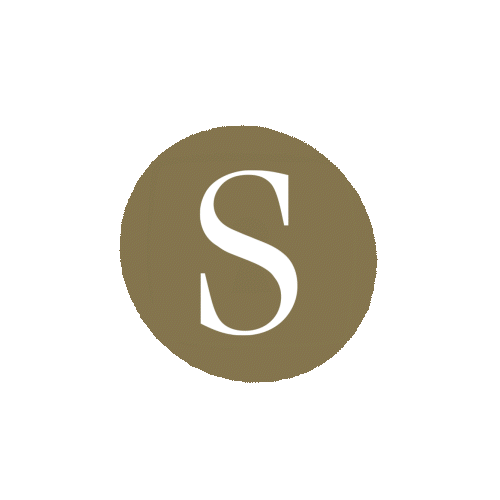Modern chess includes a panoply of ‘Indian’ openings, which share a common root in the starting moves 1 d4 Nf6 and include the King’s Indian, Nimzo-Indian, Queen’s Indian, Bogo-Indian, and Old Indian. But before 1900, the prevailing wisdom held that it was advisable for Black to contest the centre with a pawn advance. So the ‘Indian defence’, whose main characteristic was the fianchetto of the king’s bishop to g7, was a rarity — at least in games whose records survive. It was championed, with considerable flair, in a remarkable series of games played in Calcutta.
John Cochrane was a Scottish barrister who practised in India for much of his career. He was at one time the president of the Calcutta chess club, but as an accomplished player it was not easy for him to find suitable opposition. In 1848 he encountered probably the strongest player from suburban Calcutta, a Brahmin named Moheschunder Bonnerjee (of which various spellings have been seen). Over the next decade, the two played hundreds of games, which were recorded in meticulous detail by Cochrane, who was working on a manuscript entitled ‘Loose Indian Chess Leaves’. A transcript of this material is part of the John G. White Chess and Checkers Collection, and can be found online at the website of the Cleveland Public Library.
Cochrane’s play shows considerable imagination; the gambit which bears his name (1 e4 e5 2 Nf3 Nf6 3 Nxe5 d6 4 Nxf7!?) is typical of his approach. He remained, overall, a 2 to 1 favourite in their contests, but Bonnerjee’s play often makes a powerful impression, and the game below is a gripping example. One plausible theory holds that Bonnerjee’s opening choices were influenced by the rule in common use in India at that time, which placed restrictions on pawn advances of two squares.







Comments
Join the debate for just $5 for 3 months
Be part of the conversation with other Spectator readers by getting your first three months for $5.
UNLOCK ACCESS Just $5 for 3 monthsAlready a subscriber? Log in